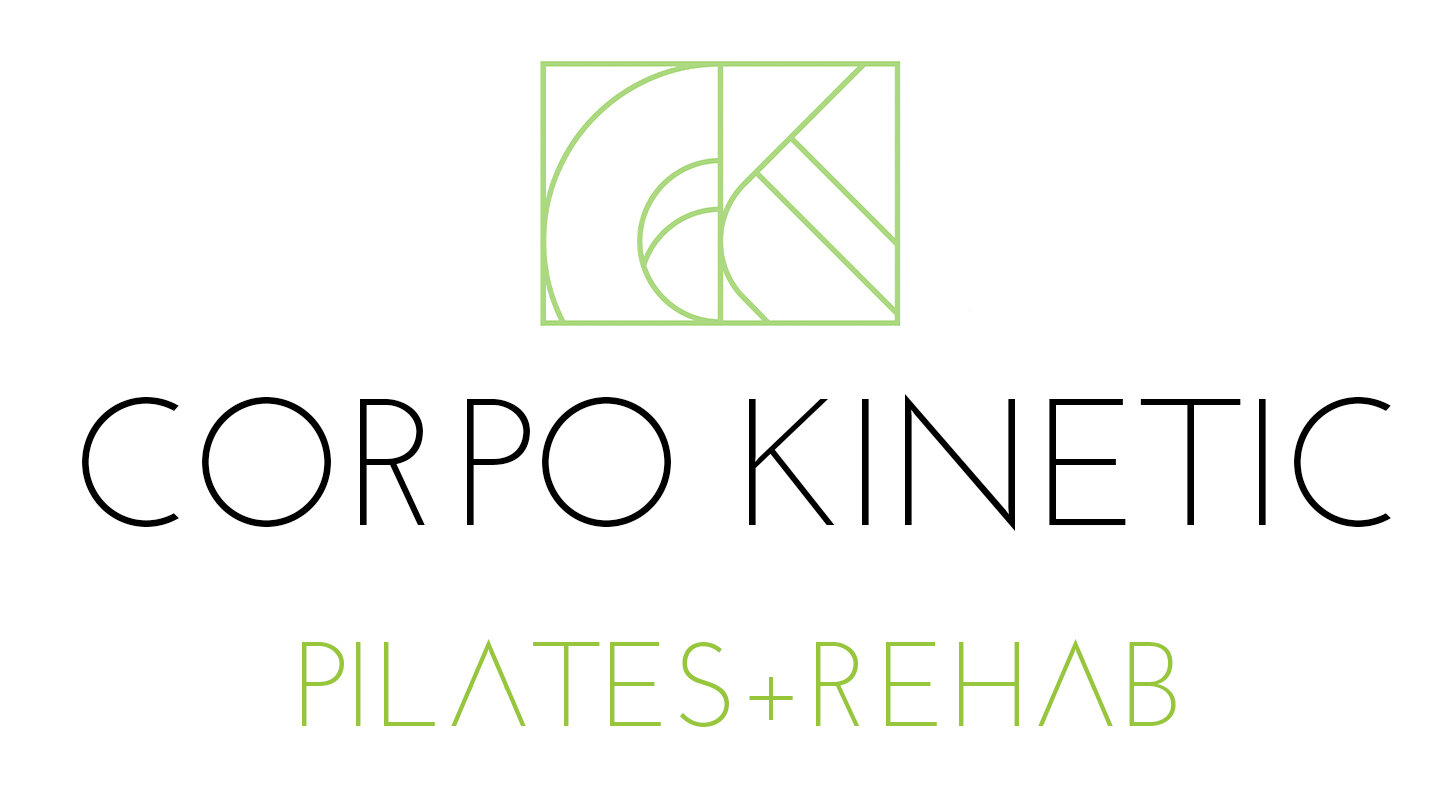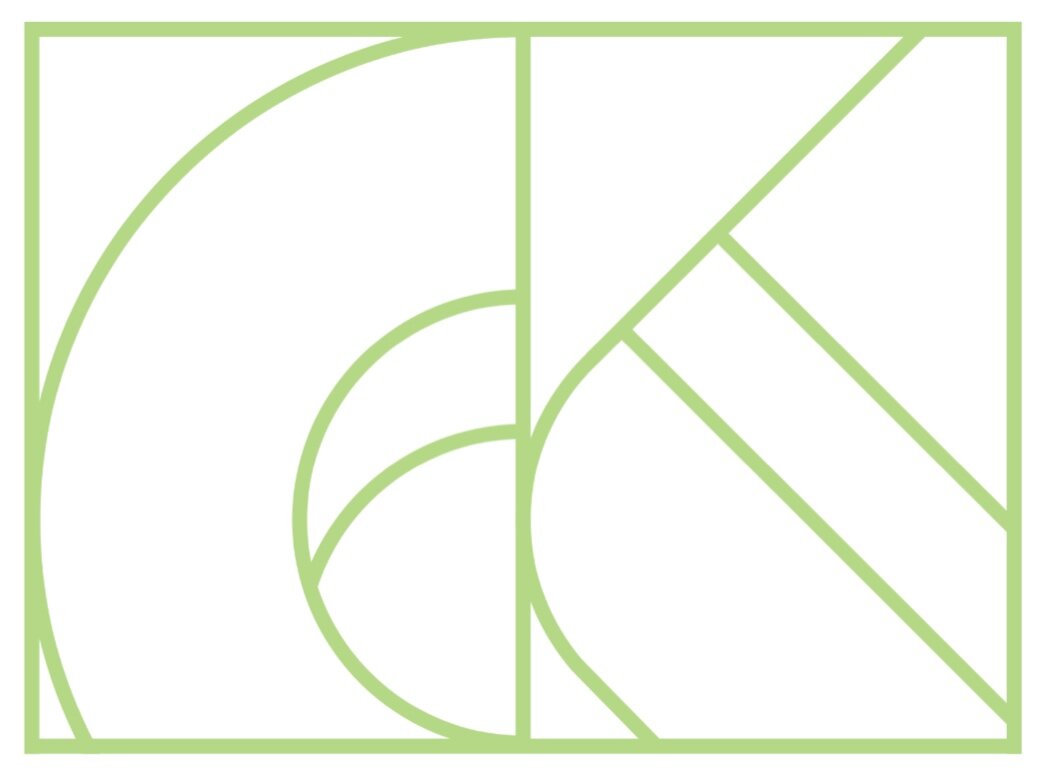Move Your Spine in All Directions
A healthy spine has the ability to be both mobile and stable. In this blog we’ll talk about the importance of spinal mobility and five moves to get your spine moving and grooving.
Why is spinal mobility important?
If you’ve heard the term “motion is lotion,” you might already be familiar with the idea that movement helps to lubricate our joints. This concept applies to all of our joints, those in the legs, arms, AND the impressive 364 joints of our spine.
When we move a joint, the synovial membrane in the joint capsule is stimulated to produce synovial fluid, which lubricates the joint and hydrates the joint’s cartilage. If a joint doesn’t move, we don’t get that lubrication, leading to more fragile cartilage over time. Additionally, moving the spine gently compresses the discs in between the vertebrae, which stimulates them to rehydrate and “plump up” as the spine comes back to neutral alignment. So, movement of the spine not only lubricates the joints, keeping them healthy, it also hydrates the spinal discs, keeping them healthy as well.
How do we consciously move the 364 joints in our spine? Pilates includes many exercises of “spinal articulation,” where we’re attempting to move the spine one vertebrae at a time, and find that movement in all planes of motion. While it may be hard to count to 364 while doing so, articulating your spine in all directions is a good strategy for getting some motion and lotion into each of your spinal joints.
What are the movements of the spine? When we talk about spinal mobility, we’re talking about all the functional movements of the spine. This includes:
Flexion - or curling forward
Extension - or backbending
Lateral Flexion - or sidebending
Rotation - or twisting
Flexion
Extension
Lateral Flexion
Rotation
A healthy, high-functioning spine should be able to access all these movements. However, if you have spinal injuries (herniations, osteoporosis, etc) some movements might be contraindicated. Discuss with us (as well as your doctor or physical therapist) if you’re unsure and, when you’re ready, here are some movements to play with:
Spinal Mobility on All Fours
Cat Cow +
EXHALE draw the abdominals in, and, starting at your pelvis and lower back, begin rounding your spine (flexion), & look at your knees. As much as you can, try to differentiate the different areas of your back - think moving vertebrae by vertebrae.
INHALE lengthen the abdominals, arch the spine (extension) & look at the front edge of your mat
~add lateral flexion (side bending)~
Pause in your neutral spine
EXHALE draw the right ribs down towards the right hip, look over your right shoulder
INHALE to return to center
EXHALE draw the left ribs down towards the left hip, look over your left shoulder
INHALE to return to center
~combine the movements into a spinal circle~
EXHALE draw the right ribs down towards the right hip, look over your right shoulder
INHALE to extend the spine as you return to center (even space between ribs/hips on both sides)
EXHALE draw the left ribs towards the left hip as you come out of the extension
INHALE round the spine as you return to center (even space between ribs/hips on both sides)
Repeat 3x in one direction, then reverse. This should feel delicious! Make it fun and playful, go fast or slow, lean into whatever movement feels the yummiest.
Spinal Mobility in Sidelying
Bookend (Rotation)
Set Up: lie on your side, hips and shoulders stacked, bottom elbow bent to support the head, top arm reaching forward .
INHALE reach the top arm to the ceiling, and back behind you, allowing your spine to rotate. Look at your hand the whole time. Go as far as you can keeping your hips stacked and knees together.
EXHALE reach the arm to the ceiling, and forward again
Repeat 6x each side.
Are you feeling discomfort in your shoulders? Put your hand on your shoulder, and think of reaching the elbow up & back behind you.
Spinal Mobility in Prone
Swan (extension)
Set Up: lie on your tummy, reach the arms overhead (pinky down, thumb up), head hovering off the ground, low abs engaged w/ the pubic bone tilting towards the ground
EXHALE pull the navel away from the ground, engaging abdominals
INHALE de-shrug shoulders away from the ears as the head lifts (keep the back of the neck long) & the chest gets lighter on the ground. If your lower back feels comfortable, you can press with your arms to lift yourself further off the mat.
EXHALE hold your highest point, feel the work in the upper back (absolutely no sensation in the low back)
INHALE lower back do the mat
Repeat 8x. Press back into a child’s pose. 5 deep breaths there.
Keep the low abs active the whole time. Make sure you’re feeling sensation in the upper back, and not in the low back.
Can’t get it out of the low back? Come to class and we’ll help you!
Spinal Mobility Standing
Roll down (flexion)
Set Up: standing with feet hip socket distance apart
EXHALE Tuck your chin, roll down through the spine, vertebrae by vertebrae
INHALE at your lowest point, head and arms dangling. Feel free to bend your knees to take tension out of the low back or backs of legs
EXHALE to pull your abdominals towards the spine & begin articulating the spine back to standing
Key Point: Go slow to allow as much mobility in the spine as possible.
Spinal Mobility Seated
Seated Mermaid
Set up: Sit with your legs at 90/90 (one leg in front and one to the side of you, both knees bent to 90°), foam roller on the side of the leg in front, arms to the sides, shoulder height.
INHALE Reach the arm further from the roller to the sky, landing the other hand on the roller. Start by leaning your ear towards your shoulder, beginning to side bend towards the roller. Continue sidebending, rolling the roller away from you, trying to articulate one vertebrae at a time. Can you feel the movement start in your neck, then travel into your ribcage, then into your waist?
EXHALE to articulate back to your starting position, sitting tall on the sitz bones
Let’s Move!
Book a group class or private session to get your spine moving:





